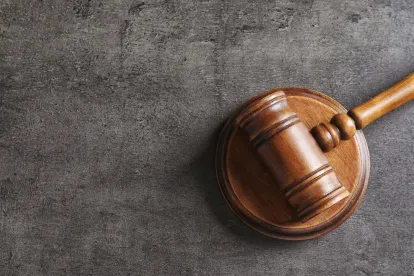In Wi-LAN Inc. v. Sharp Elecs. Corp., Nos. 2020-1041, 2020-1043 (Fed. Cir. Apr. 6, 2021), the Federal Circuit affirmed a district court’s summary judgment of non-infringement.
The technology at issue concerned deinterlacing video for televisions. To ensure high-quality images, defendants’ accused televisions included a “system-on-chip” that allegedly performed infringing deinterlacing functions. Wi-LAN obtained printouts of the source code used by the system-on-chip in both defendants’ products from third-party manufacturers along with declarations by their employees purporting to authenticate the documents. But the district court granted summary judgment of non-infringement because the printouts were inadmissible hearsay and Wi-LAN therefore “lacked sufficient admissible evidence to prove direct infringement.”
The Federal Circuit agreed that the source code printouts are inadmissible. According to the Court, Wi-LAN failed to show that the printouts satisfied the business records exception to the hearsay rule because it failed to establish that the third-party declarants will be available to testify at trial. The Federal Circuit also held that Wi-LAN cannot use its expert as a backdoor to introduce the unauthenticated source code.
The Court also affirmed the district court’s claim construction of two claim limitations.





 />i
/>i
